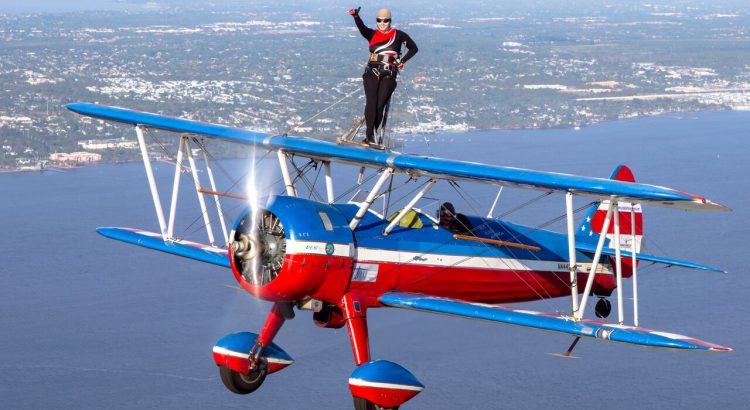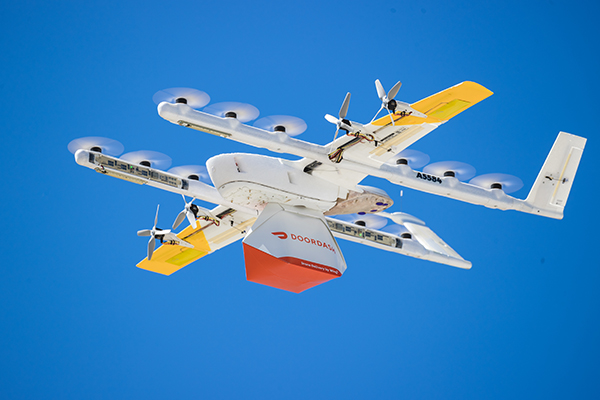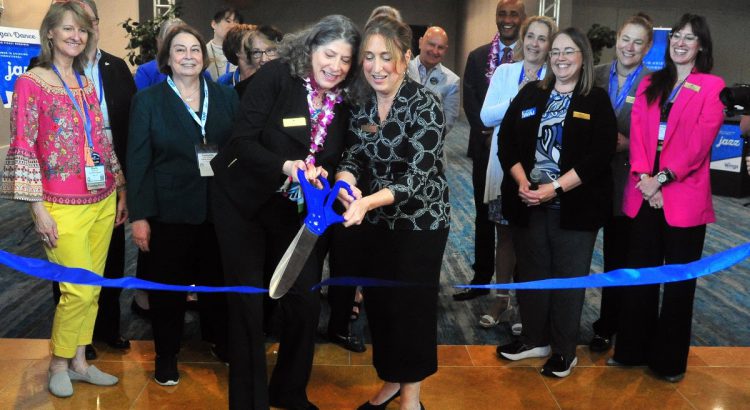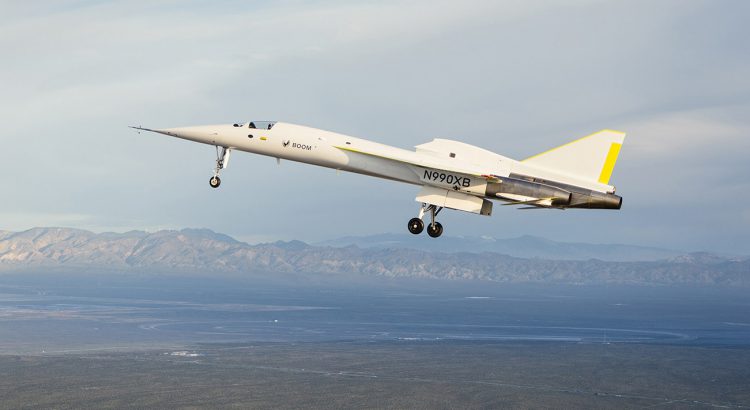Photo above – Ashley Shelton – “wing walking has provided the greatest thrill.” Ashley is on the wing of a 1943 Boeing Super Stearman (PT-17), owned by Ashley and her husband. Whether it’s flying corporate jets or warbirds, Ashley Shelton says she has the best job in the world. The young aviatrix has immersed herself in […]
Month: March 2024
DoorDash and Wing Announce Drone Delivery Pilot in the US
DoorDash and Wing announced the launch of their drone delivery partnership in the U.S., starting in Christiansburg, VA. Select local consumers will be able to order eligible menu items from Wendy’s® — the pilot’s first restaurant partner — through the DoorDash marketplace and have them delivered via drone. This follows the drone delivery pilot program […]
Misdirected Tax Revenues Are Degrading Safety at Public Airports
The Air Charter Safety Foundation supports calls for reclaiming existing jet fuel taxes for aviation safety programs. As a nonprofit safety foundation focused on business aviation, we are deeply concerned by recent calls to raise tax revenues from the industry when the current tax revenues are not being appropriately deployed to ensure the safety and […]
North Dakota Airline Passenger Boardings up 10% in February
The North Dakota Aeronautics Commission (NDAC) has released the monthly report that provides information relating to the airline passenger traffic at the eight commercial service airports within the state. Commercial airline boarding numbers for February 2024 reached 97,124 passengers, which represents a growth of 8,972 boardings or a 10% increase from February of 2023. “Air […]
WAI2024 Conference Hosts Impressive Number of Attendees & Exhibitors in Orlando
Women in Aviation International held one of its largest and most successful annual gatherings during the 35th Annual Women in Aviation International Conference at Orlando World Center Marriott in Orlando, Florida, March 21-23, 2024. With its unique blend of world-class speakers, busy exhibit hall, an array of education sessions, and more than 130 scholarship recipients, […]
INFORM Announces Innovative Aviation Solution RegionMaster: a Game-Changer for Regional Operations
INFORM, a global software provider specializing in AI-driven optimization solutions for aviation ground operations, has announced its new GS RegionMaster software geared towards smaller and regional airports. INFORM is introducing GS RegionMaster as part of its GroundStar product suite, which is designed to allow airlines and airport personnel greater insight into operations and airport ground […]
AOPA Members Bring Aviation License Plate to Florida Drivers to Support AVED
A general aviation license plate will soon be available for purchase in Florida because of the passionate efforts of three aviators with support from the AOPA advocacy team. Local Florida pilots Joseph Hurtuk, Dr. Ian Goldbaum, and Richard Golightly bonded over their shared interest in aviation and determination to give back to the industry. They […]
High Cost and Limited Feedstock Impede Scaling of Global Sustainable Fuel Production: EIC Report
High cost and limited feedstock are key hurdles facing the scaling of global sustainable fuel (SAF) production, according to a report released today by the Energy Industries Council (EIC) on the global production of this emerging fuel. Despite SAF’s potential to substantially lower CO2 emissions by up to 80% compared to conventional jet fuel, its […]
Rick Rogers and Jose Irizarry Join the Elliott Aviation Team
Elliott Aviation, a leading provider of aviation services, has expanded their leadership team with the hiring of Rick Rogers, General Manager, and Jose Irizarry, Director, Quality and Safety. With over 50 combined years of experience, they both are well-established in the aviation industry and their knowledge will be indispensable. “We are excited to welcome Rick […]
Boom Supersonic Announces Successful Flight of XB-1 Demonstrator Aircraft
Photo above – The inaugural flight of XB-1 marks a major milestone toward the return of supersonic travel. Boom Supersonic, the company building the world’s fastest airliner, Overture, has announced the successful flight of XB-1, the world’s first independently developed supersonic jet, at the Mojave Air & Space Port in Mojave, California. Like Overture, XB-1 […]







